Composition is considered the main key to a beautiful and high quality landscape image. Also, more attention is being given to the aperture in order to ensure that the image will be sharp from front to back.
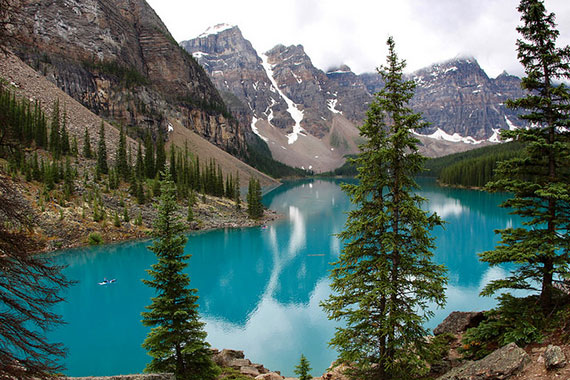
Photo by daveynin; ISO 100, f/4.0, 1/60-second exposure.
General Landscape Photography Tips
1. If you are confronted with a beautiful scene, isolate the elements that say something about the environment and complement the panoramic view. Avoid capturing everything in your composition.
2. You must have a point of interest in the landscape. This is a main feature that will hold the attention of viewers.
3. When shooting landscapes, your aperture must be the priority, usually f/8 or higher. Consider using the depth of field preview button of your camera to make sure you’re getting the desired effect.
4. Choose your lens wisely. Wide-angle lenses increase the foreground and sky content, make the subjects smaller, and exaggerate sweeping lines. On the other hand, telephoto lenses allow you to flatten the perspective, which then makes the foreground and background elements appear closer to one another. What you are focusing on will become larger.
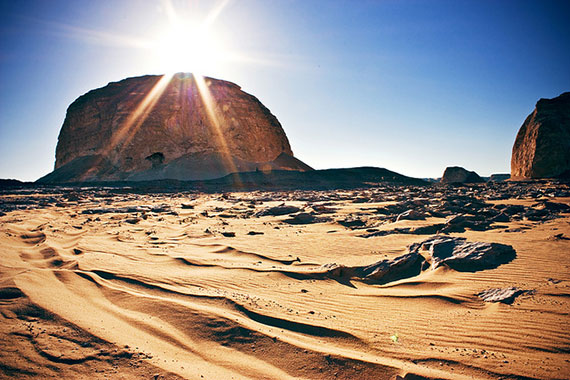
Photo by Alfie Ianni; ISO 100, f/22.0, 1/50-second exposure.
5. On windy days, know that slow shutter speeds will record movement in the scene.
6. Horizons must be straight. But if you can’t make it straight, consider eliminating the horizon altogether by zooming in.
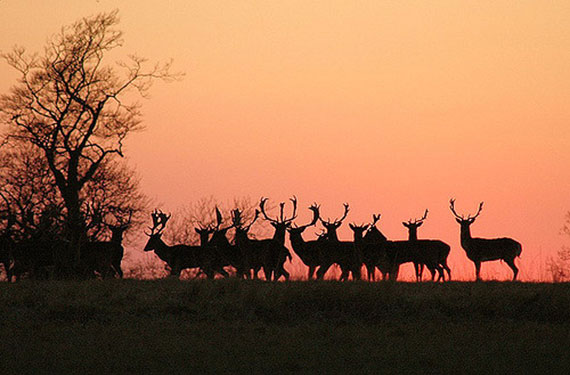
Photo by Ken Douglas; ISO 1000, f/5.6, 1/400-second exposure.
Advice for Specific Landscape Subjects
Forests. Dark forests may be one of the most difficult landscapes to photograph. Usually, the light is too low which makes tripods more necessary. The best time to take pictures in a forest is after it has rained or perhaps in light drizzle. Cloudy skies guarantee even lighting, and the water on the leaves adds life and emphasizes the color.
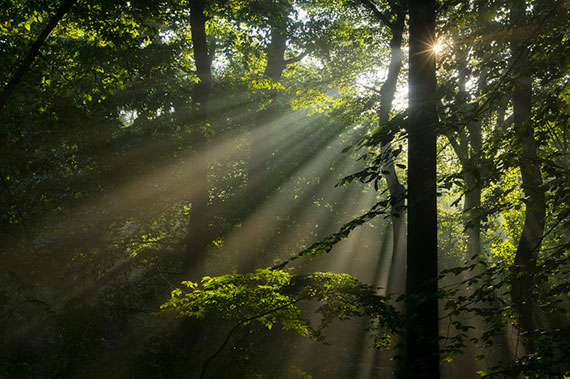
Photo by Thomas
Beaches. Sandy beaches are indeed great landscape subjects. A polarizing filter can improve the color and contrast in photographs taken around the waters by reducing the glare of the light.
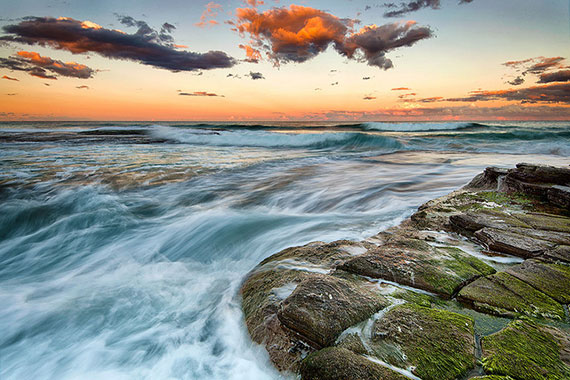
Photo by Crouchy69
Rivers and waterfalls. Flowing water can be interpreted in various ways through shutter-speed selection. For best results and depth of field, you have to use a tripod and a polarizing filter. The filter can improve the image by cutting out some reflections coming from wet rock and surrounding vegetation.
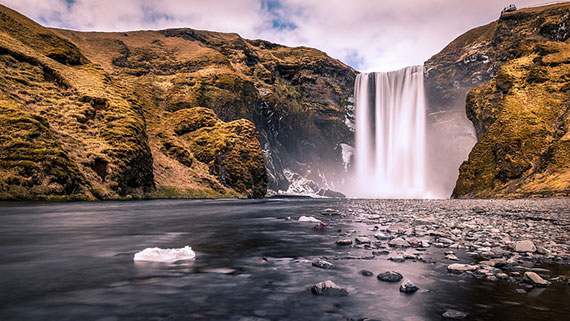
Photo by Giuseppe Milo; ISO 200, f/11.0, 6.5-second exposure.
About the Author:
This article was written by Amanda Williams from cherishartz.com. Photographic artistry captured with passion.
Like This Article?
Don't Miss The Next One!
Join over 100,000 photographers of all experience levels who receive our free photography tips and articles to stay current:






For best results and depth of field, you have to use a tripod and a polarizing filter. The filter can improve the image by cutting out some reflections coming from wet
Choosing a perfect place for your landscape photography is very important. There are various things to consider for landscape photography as a perfect place to take pictures, your point of interest to take pictures that will grab the attention of viewers, choosing your lens wisely, etc.
i like this. it is beutyfully